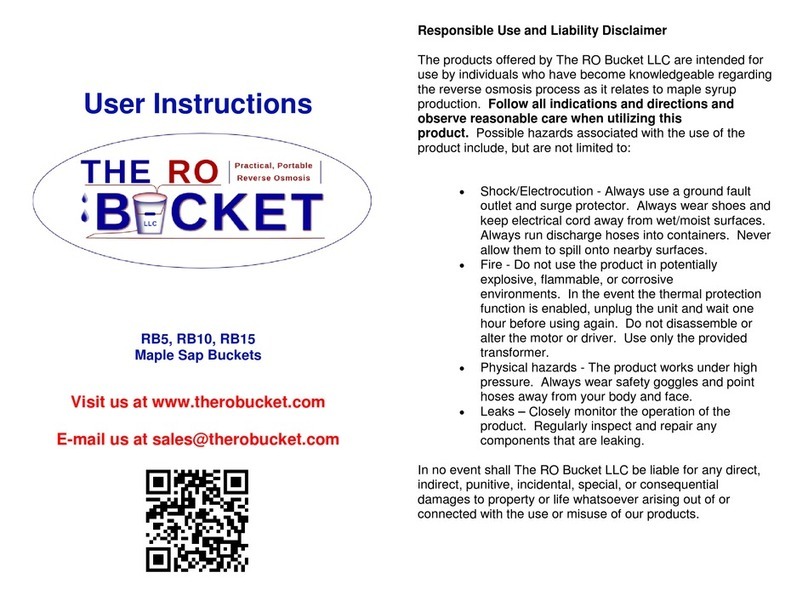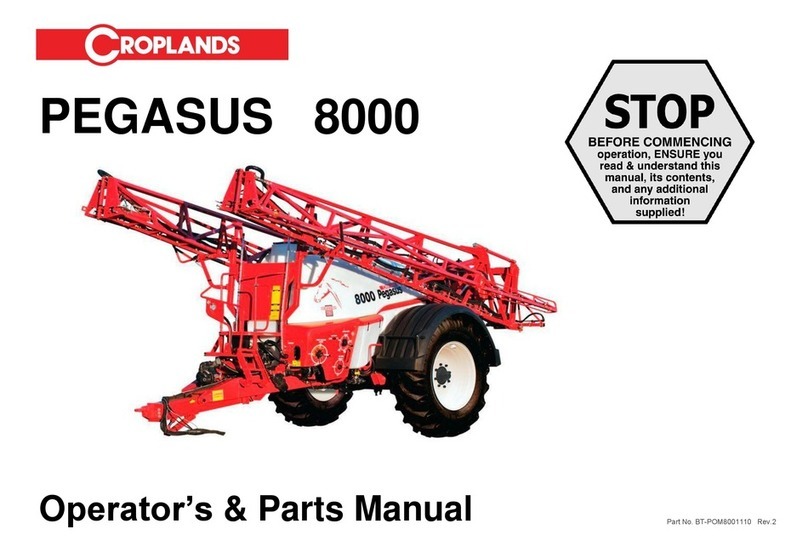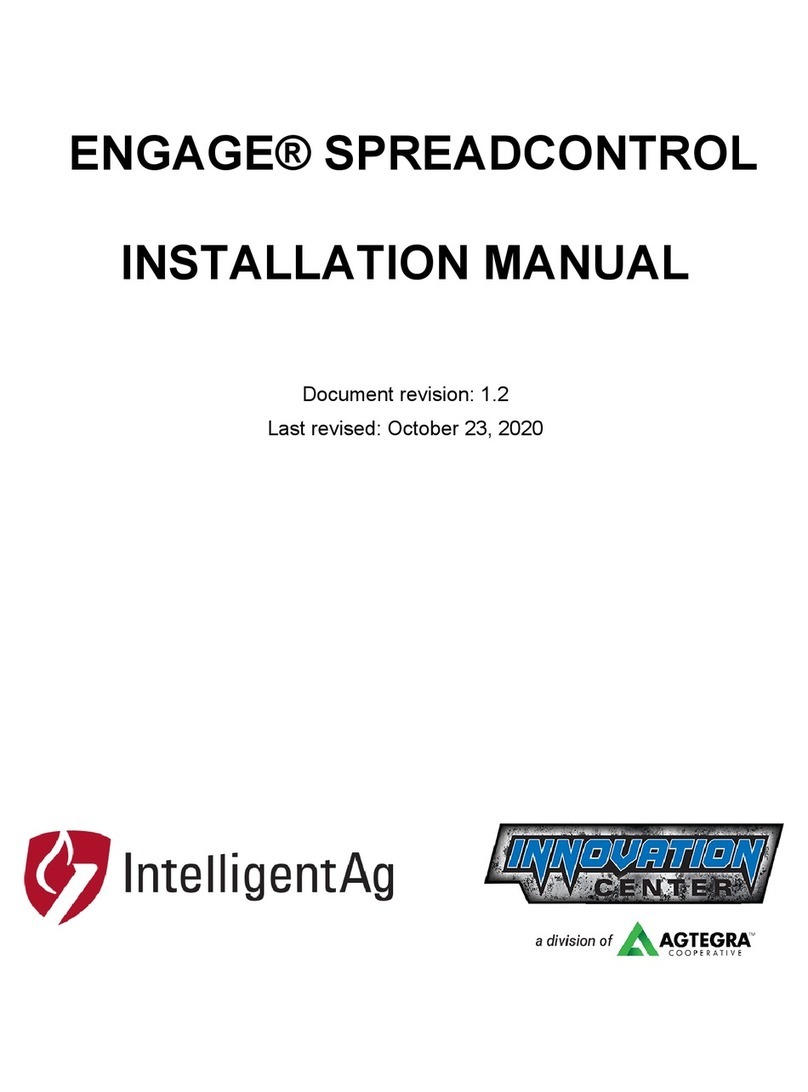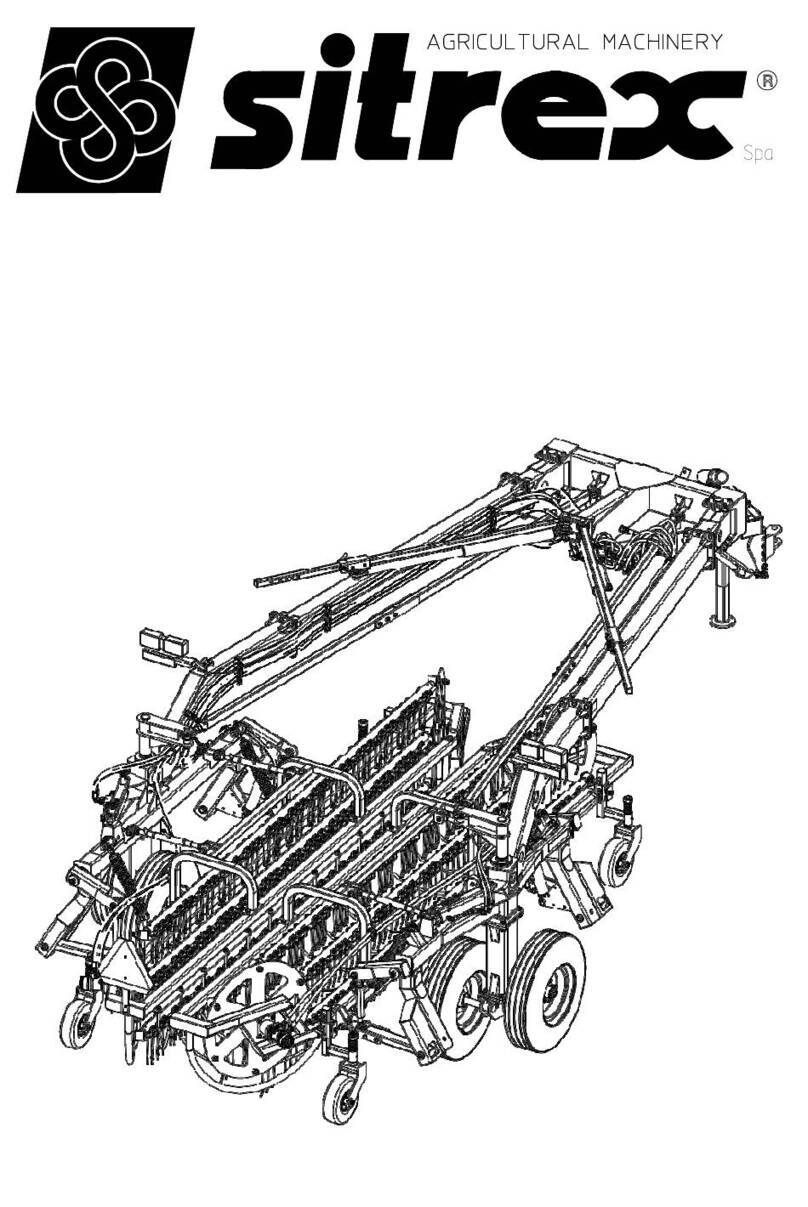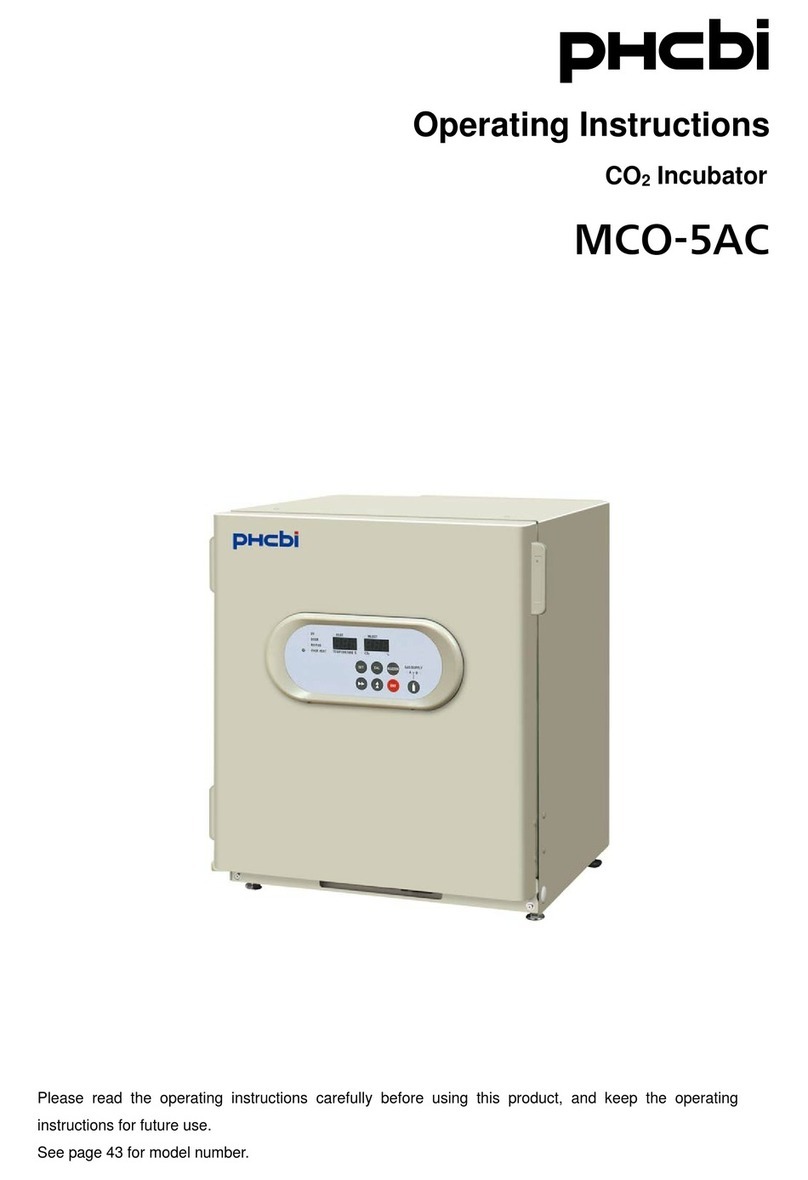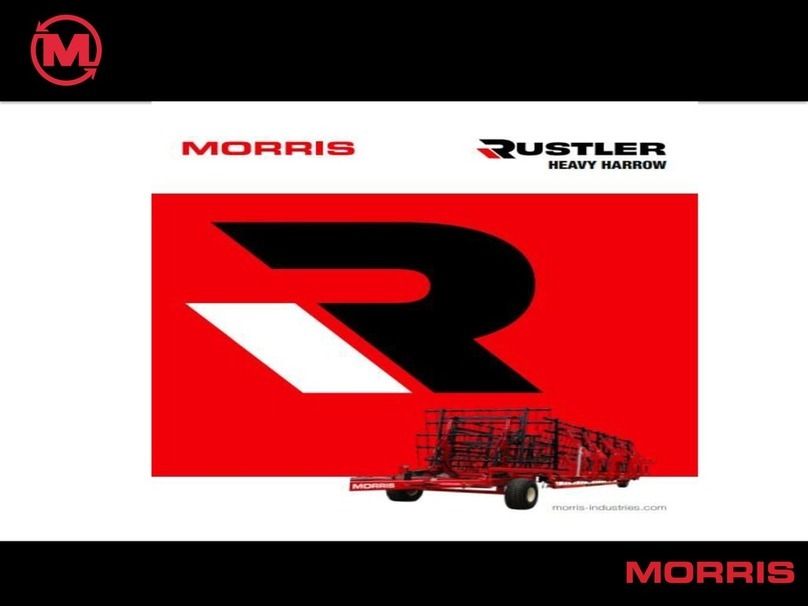RO Bucket Single Post RO User manual

High Capacity Single Post RO
Revision 1
Responsible Use and Liability Disclaimer
The products offered by The RO Bucket LLC are intended for use by
individuals who have become knowledgeable regarding the reverse
osmosis process as it relates to maple syrup production. Follow all
indications and directions and observe reasonable care when
utilizing this product. Possible hazards associated with the use of the
product include, but are not limited to:
Shock/Electrocution - Always use a ground fault outlet and
surge protector. Always wear shoes and keep electrical
cord away from wet/moist surfaces. Always run discharge
hoses into containers. Never allow them to spill onto
nearby surfaces.
Fire - Do not use the product in potentially explosive,
flammable, or corrosive environments. In the event the
thermal protection function is enabled, unplug the unit and
wait one hour before using again. Do not disassemble or
alter the motor or driver. Use only the provided
transformer.
Physical hazards - The product works under high
pressure. Always wear safety goggles and point hoses away
from your body and face.
Leaks –Closely monitor the operation of the product.
Regularly inspect and repair any components that are
leaking.
In no event shall The RO Bucket LLC be liable for any direct, indirect,
punitive, incidental, special, or consequential damages to property or
life whatsoever arising out of or connected with the use or misuse of
our products.

Table of Contents:
1. Definitions
2. Specifications
3. Diagram of system
4. Working theory of system
5. Initial start-up and maintenance
a. Testing and flushing system
b. Prefilter replacement
c. Membrane replacement
6. Sap concentration
7. Membrane cleaning
8. Storage
9. Warranty
1. Definitions:
Permeate –Pure water that is removed from sap. A large amount of
permeate should always be saved. It is used to clean the membrane
after concentrating sap.
Concentrate –Sap that has undergone water removal (contains a
higher sugar percentage than “raw sap”).
Pre-filter –the 10” blown polypropylene filter that is used to remove
small particle from the sap, protecting the “reverse osmosis
membrane”. Pre-filters are replaced every 200-300 gallons of sap.
Membrane –the 40” reverse osmosis membrane is used to separate
water from “raw sap”. The membrane is located in the longer
stainless cylinder and generally lasts several years.
Recirculation valve –this valve is used to send concentrated sap
back to the inlet of the pump. The recirculation valve allows the
precise control of system pressure at various single pass
concentration levels.
Concentration valve –This valve is used to vary the
concentrate:permeate ratio. Using this valve, in combination with the
recirculation valve, sap can be concentrated anywhere between 4 and
10 brix in a single pass.
2. Specifications:
The high capacity single post RO system features:
3/4hp 110v electric motor (can be wired for 240v),
draws 10.4A
High flow Procon stainless pump (with adjustable internal bypass
pressure of 250psi).
Inline 100 mesh intake strainer
High pressure stainless prefilter housing
High pressure stainless membrane housing
OEM high flow 40″ commercial RO membrane
Quick connect intake, permeate, and concentrate hoses
Concentrate and Recirculation valves for maximum efficiency
Single pass concentration from 2% to 4% sugar at 100gph (50
gallons of concentrate and 50 gallons of permeate)
Single pass concentrations up to 10% sugar at reduced flow rates

3. Diagram:
1. Concentrate valve
2. Recirculation valve
3. Inlet port (and housing drain valves)
4. Sap inlet and inlet strainer (clean daily)
5. 10” stainless prefilter housing and prefilter isolation valve
6. 40” stainless membrane housing
7. High pressure pump and motor
4. Working Theory of System:
The high capacity single post RO system utilizes a 200gph high-pressure
pump. These vane style pumps can not be allowed to run dry. A 100
mesh intake strainer can be found on the inlet side of the pump and is
used to keep large particles from entering the pump head. Once the liquid
is pressurized, it enters a stainless steel 10” filter housing (containing a 5
micron prefilter). From there, liquid flows into the bottom of the 40”
stainless membrane housing. Separated liquid then flows out of the two
outlet ports at the top of the membrane. The open port (center) is
permeate water, and the other port containing the 4 way cross fitting is the
concentrate. Concentrate and permeate flow are regulated, as well as
system pressure, using the concentrate valve and recirculation valve.
The high pressure pump is equipped with an internal pressure regulator
set to around 250psi. At pressure above 250psi, the internal regulator will
open and liquid will recirculate internally, inside the pump head. When
utilizing the recirculation valve, the system pressure can be adjusted to
around 200psi (ideal conditions). This ensures that the internal regulator
in the high pressure pump stays closed, and the maximum amount of
liquid is passing across the membrane (even at single pass, high
concentration levels, like when going directly from 2-8% sugar). Without
the recirculation valve, system pressure would continue to climb as the
concentrate valve is closed, and there would be no way to lower the
pressure.
If flow meters are not used, the ratio of concentrate to permeate flow can
be estimated or measured by filling two of the same size buckets
simultaneously (one for concentrate, and one for permeate). Before
calculating flow rates, always allow a couple of minutes to go by after
making any adjustments. This will ensure the system reaches equilibrium
with your new settings and accurate flows are being measured.
Generally, a 50/50 flow of concentrate to permeate at 200psi will yield a
total of 100gph processing (50 gallons of concentrate and 50 gallons of
permeate). If you want to run a 1:3 ratio of concentrate to permeate, the
flow will be reduced, and you will be opening the recirculation valve
slightly to maintain appropriate system pressure (200psi). This ratio will
yield concentrate with a higher sugar concentration.

5. Initial Start Up and Maintenance
Minor assembly is required on our shipped dolly systems.
Assemble using the supplied literature. When assembling a kit,
ensure all fittings are snug. Always test outdoors (or a suitable
area that will not be damaged by leaks).
Initial start up –Flush the system for 15 minutes with a non-
chlorinated, potable water source (well water is generally
suitable)
1. Fill a 5 gallon bucket (minimum) with clean water.
2. Connect the intake hose (using the cam lock fitting), and
discharge hoses (concentrate and permeate). Insert the
concentrate and discharge hoses into the quick connect
fittings (located at the top of the stainless membrane
housing).
3. Place all three hoses (intake, concentrate, and permeate)
into the 5 gallon bucket, filled with clean water. Ensure that
all three hoses stay at the bottom.
4. Open the concentrate valve fully counter clockwise (slight
resistance will be noticeable when it is fully open. Do not
over turn it). Close the recirculation needle valve by
turning it clockwise. Ensure that the prefilter isolation
valve is fully open. Ensure that the lower drain valves are
closed.
5. Plug in the systems power cord and turn the switch to “on”.
The pump will change pitch after a couple of seconds once
water reaches the pump head and the system begins filling.
If it does not sound like water is flowing, check for leaks in
the intake hose. The pump cannot run dry for more than
10 seconds or it could be damaged.
6. The system will begin to fill with water. After a minute or
so, you should have flow out of the concentrate hose.
7. After running the system for 10 minutes, slowly close the
concentrate valve until the system reaches 150psi pressure.
Check the system for leaks, repairing any drips if necessary.
After 5 minutes, ensure that concentrate and permeate are
flowing out of the discharge hoses.
8. This completes the initial start up rinse and inspection. You
can now turn the pump off and leave the system full of
liquid until you are ready to use it.
9. Always store the system with the concentrate and
recirculation valves closed. Additionally, close the
isolation valve on the inlet of the prefilter housing to keep
the system from draining.
Maintenance
Changing prefilters –The 10” prefilter cartridge should be
replaced after every use, and every 300 gallons of sap.
1. Turn the system off and open both the concentrate and
recirculation needle valves.
2. Close the pre-filter isolation valve (located on the outlet
side of the prefilter housing).
3. Using the prefilter housing tool, unscrew the retaining ring
and lower the stainless steel base (which contains the
prefilter).
4. Empty the stainless steel base, clean it if necessary, and
install the new filter.
5. Installation is opposite of removal. The threads and o-ring
seals should be lubricated periodically with a small amount
of food safe grease/lubricant.
6. Always make sure the prefilter isolation valve is opened
before powering up the system.
Membrane replacement –The RO membrane should last five
years and does not need to be removed for storage. The
membrane needs to be removed/installed from the bottom.
Always note the location and orientation of the lower lip seal
and ensure that it is reinstalled correctly.

1. Drain the membrane housing by opening the lower
concentrate drain valve.
2. Loosen the two 14mm bolts on the upper housing cap and
remove the retaining ring. Using a flat blade screwdriver
AND slight force on the fitting assembly, carefully work the
plastic cap upwards.
3. Loosen and remove the two stainless straps holding the
membrane housing to the steel dolly.
4. Carefully lay the stainless housing down on a padded
surface to gain access to the lower housing cap.
5. Remove the lower housing cap using the same procedure as
Step 2 above.
6. Carefully pull the membrane out from the bottom, while
pushing from the top (if necessary). Be careful not to
damage the center permeate port (that needs to seal on the
center o-rings in the cap).
7. When reinstalling the membrane, insert it from the bottom
of the housing. The lip seal should always be towards the
lower housing cap, with the u cup facing down (inlet
pressure should force the u cup into the stainless housing).
8. Assembly is opposite of removal.
Repairing leaking fittings –should a small leak develop in a
connection, repair the leak immediately to avoid possible
damage to the electric motor. Most threaded connections can
usually be tightened. If that is not possible, remove the fitting
and reseal it with Teflon tape.
6. Sap Concentration
Before concentrating sap, make sure the prefilter isolation valve
is open, lower housing drains are closed, concentrate valve is
open, and recirculation valve is closed.
1. Place the intake hose into the raw sap. Ensure that the hose
stays at the bottom of the tank. The pump can be damaged if
it runs dry.
2. Place the concentrate and permeate hoses into the raw sap
container (allow to recirculate until the system fills).
3. Plug in the systems power cord and turn the switch to “on”.
The pump will change pitch after a couple of seconds once
sap reaches the pump head and the system begins filling. If it
does not sound like sap is flowing, check for leaks in the
intake hose. The pump cannot run dry for more that 15-20
seconds or it could be damaged.
4. After a minute or two, you should get a steady flow of
concentrate with no air bubbles. At this point, slowly close
the concentrate valve to a pressure of 100-150 psi.
5. Once permeate starts flowing, adjust the concentrate valve
until an estimated 1:1 flow ratio is achieved across the
concentrate and permeate hose (they are flowing equally).
6. At any point, the recirculation valve can be opened or closed
when necessary to maintain a pressure of 200psi. If a more
concentrated single pass is desired (30% concentrate and 70%
permeate), simply close the concentrate valve while opening
the recirculation valve (maintaining 200psi).
7. When all of the sap has been processed, turn off the pump
before it runs dry. Open the concentrate valve all the way.
Close the recirculation valve all the way. Open the lower
housing drains and run the liquid into a safe place.
8. Proceed to the cleaning.
7. Membrane cleaning
If the system is going to be used within 24 hours:
1. Replace the prefilter (see maintenance section above)
2. Close the lower drain valves. Open the prefilter isolation
valve.
3. Rinse the membrane with 50-100 gallons of permeate water
(run the system for 15-30 minutes). Leave the concentrate

4. valve fully open and the recirculation valve fully closed.
Allow the discharge hoses to run to drain.
5. Turn off the pump before it runs dry. Leave the system full of
liquid.
If the system is NOT going to be used within 24 hours:
1. Replace the prefilter (see maintenance section above)
2. Close the lower drain valves. Open the prefilter isolation
valve.
3. Rinse the membrane with 50-100 gallons of permeate water
(run the system for 15-30 minutes). Leave the concentrate
valve fully open and the recirculation valve fully closed.
Allow the discharge hoses to run to drain.
4. Turn off the pump before it runs dry. Leave the system full of
liquid.
5. Prepare a 5 gallon bucket of 100f water. Add the appropriate
amount of RO soap (follow directions on the manufacturer’s
label).
6. Place all three hoses in the 5 gallon bucket (intake,
concentrate and permeate hoses).
7. Run the system for 30 minutes (recirculation with all three
hoses in the same bucket). The concentrate valve should be
fully open and the recirculation valve should be fully closed.
8. After 30 minutes, turn off the system. Close the prefilter
isolation valve and keep the system full of liquid.
Long term storage: When storing the system for end of season,
it is advisable to do an additional wash with citric acid. Follow
the procedure above for “If the system is not going to be used
within 24 hours”. Additionally:
1. Prepare a 5 gallon bucket of 100f water. Add the appropriate
amount of citric acid (follow directions on the manufacturer’s
label).
2. Place all three hoses in the 5 gallon bucket (intake,
concentrate and permeate hoses).
3. Run the system for 30 minutes (recirculation with all three
hoses in the same bucket). The concentrate valve should be
fully open and the recirculation valve should be fully closed.
4. After 30 minutes, turn off the system.
5. Flush the system with 5 gallons of clean water. The purpose
of this is to dilute the citric acid mixture and flush the pump
head.
6. Open the lower drain valves and completely drain the
membrane housing. Close the drain valves back up.
7. Remove the upper membrane housing cap (see maintenance
section).
8. Fill the membrane housing with food grade propylene glycol.
Once full, reinstall the upper housing cap. Close the
concentrate valve and recirculation valve.
9. Remove the prefilter from the stainless prefilter housing.
10. Store the system in a non-humid place and make sure the
exterior components stay dry. Keep the system from
freezing.
8. Warranty
The majority of components comprising our products are intended to
be easily replaceable and relatively inexpensive. It is expected that
the user becomes familiar with how the product functions and has
the ability to repair broken fittings, hoses, and leaks. Furthermore,
the user must perform routine maintenance (filter changes, routine
membrane flushing, etc.).
Membrane fouling, bacterial growth, and unpleasant odors can all
develop due to improper maintenance and handling. While
membrane degradation is not covered by a warranty, our customer
service team will gladly help you determine the cause of such issues
and help you improve product performance moving forward.
The high pressure pump has a one-year warranty from the date of
purchase. This warranty covers manufacturer defects. It does not
cover damage caused by freezing, submersion in water, rough
handling, or premature pump body scoring due to being run dry.
Table of contents
Other RO Bucket Farm Equipment manuals
Popular Farm Equipment manuals by other brands
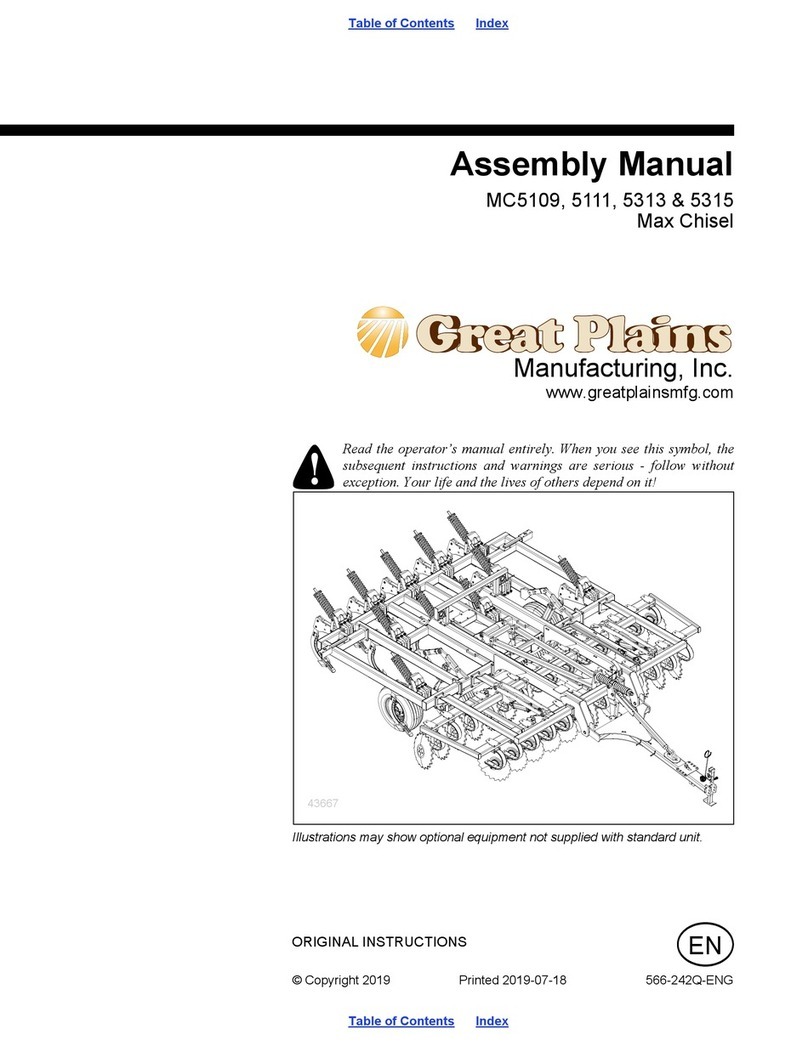
GREAT PLAINS
GREAT PLAINS MC5109 Max-Chisel Assembly manual
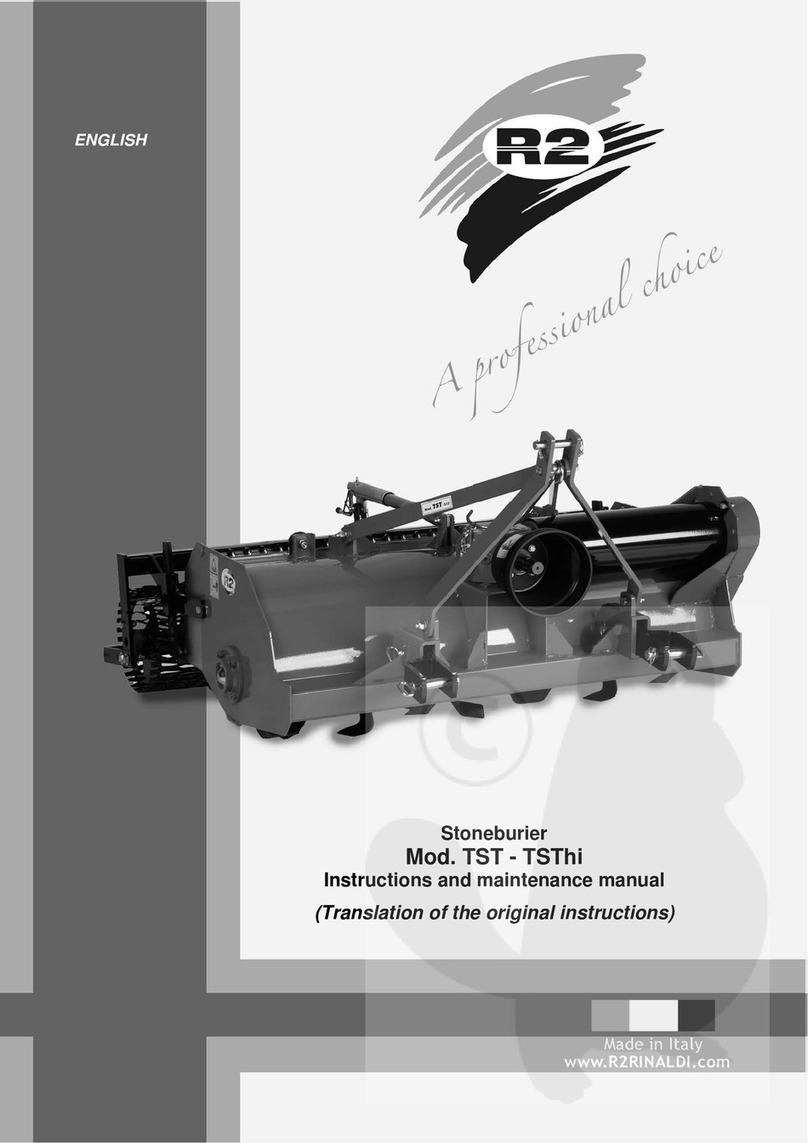
R2
R2 TST Series Instruction and maintenance manual
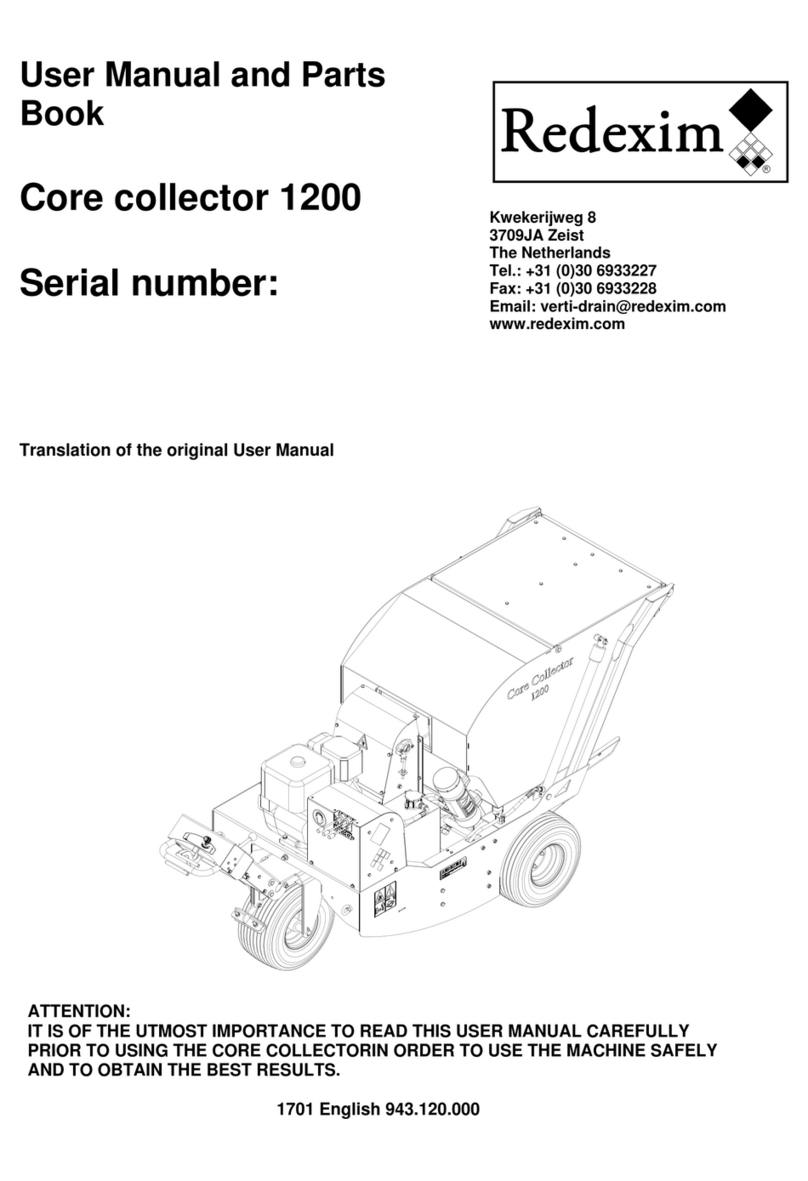
Redexim
Redexim Core Collector 1200 User manual and parts book
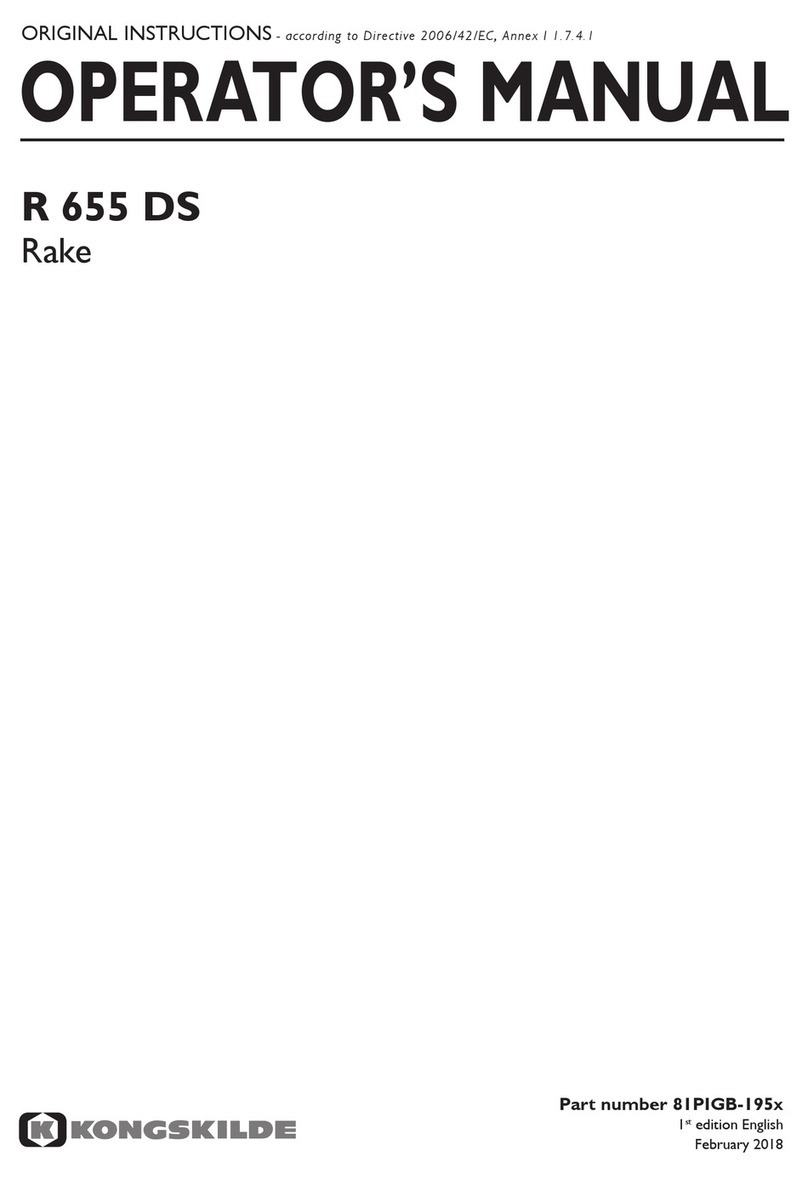
Kongskilde
Kongskilde R 655 DS Operator's manual
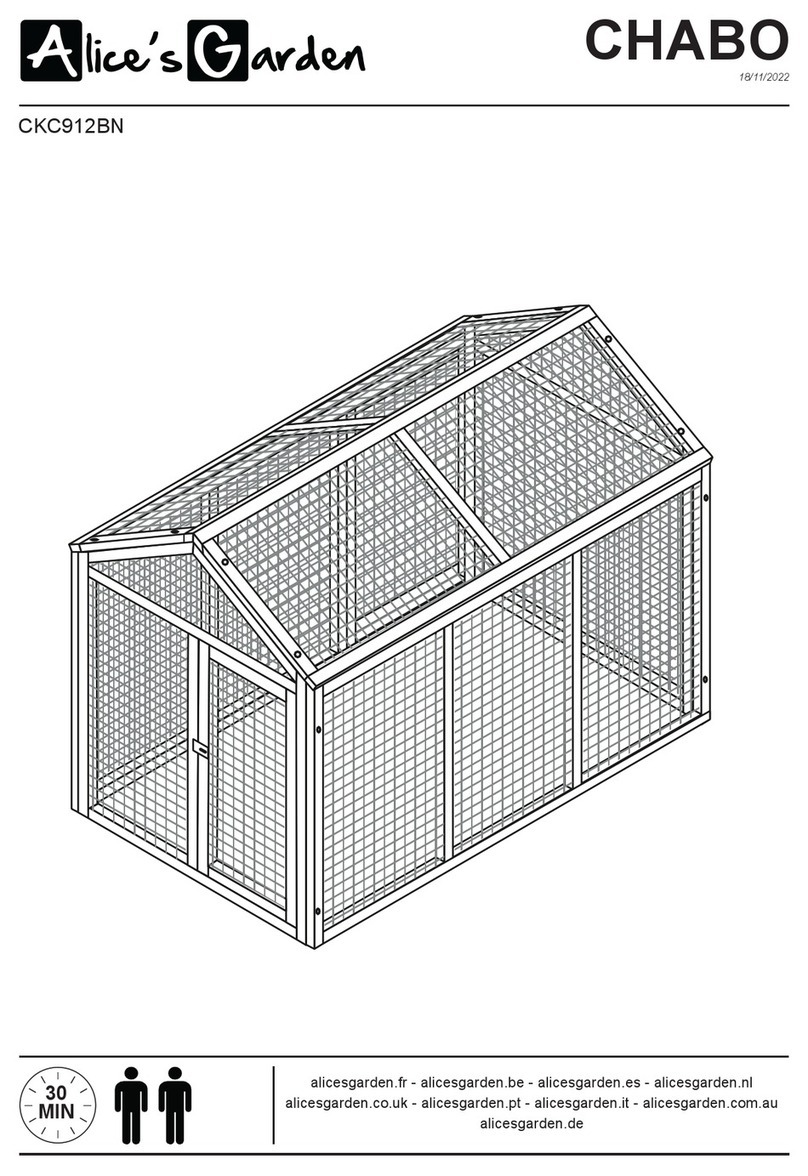
Alice's Garden
Alice's Garden CHABO CKC912BN manual
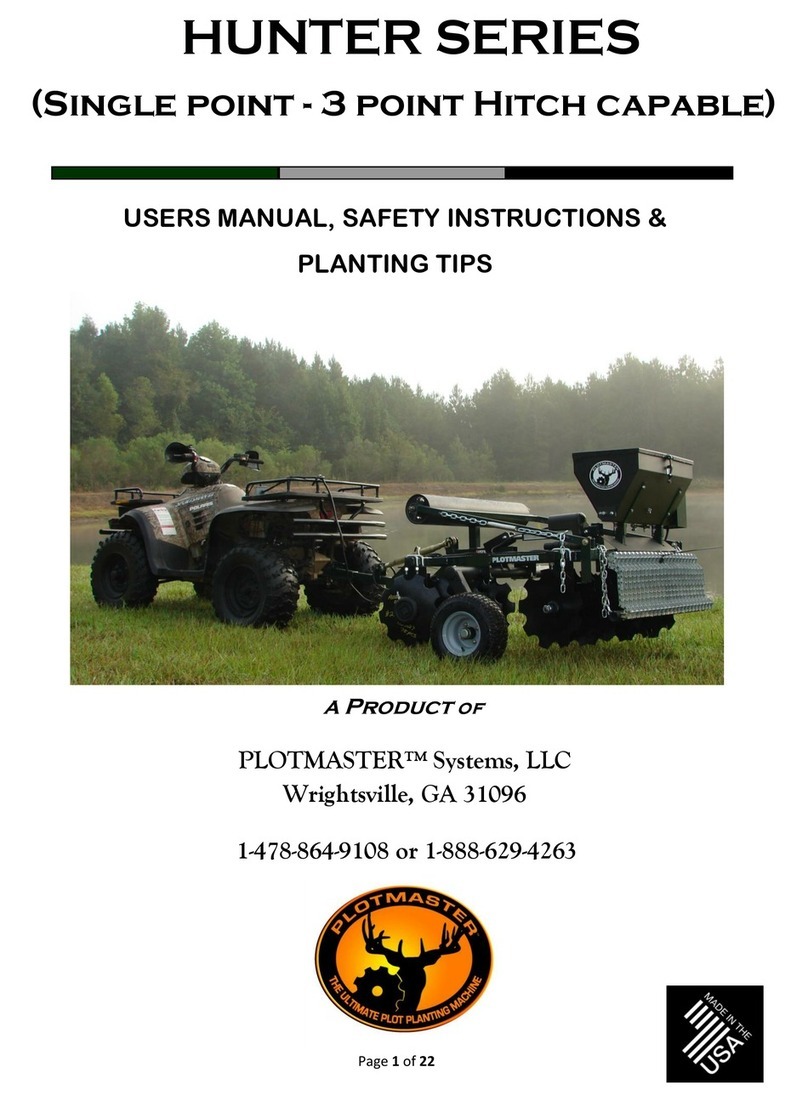
Plotmaster
Plotmaster HUNTER Series user manual
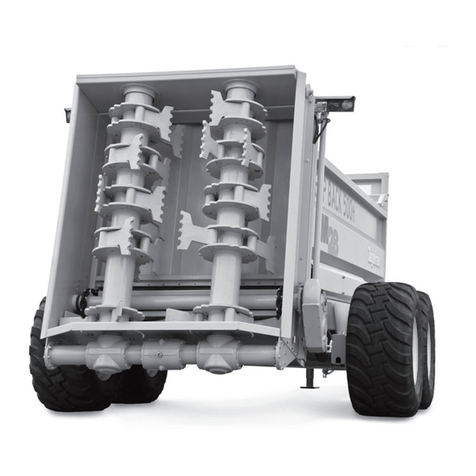
Degelman
Degelman M28 Operator's & parts manual
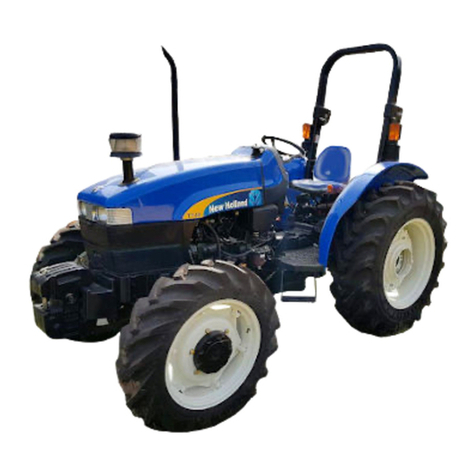
New Holland
New Holland TT45A Repair manual
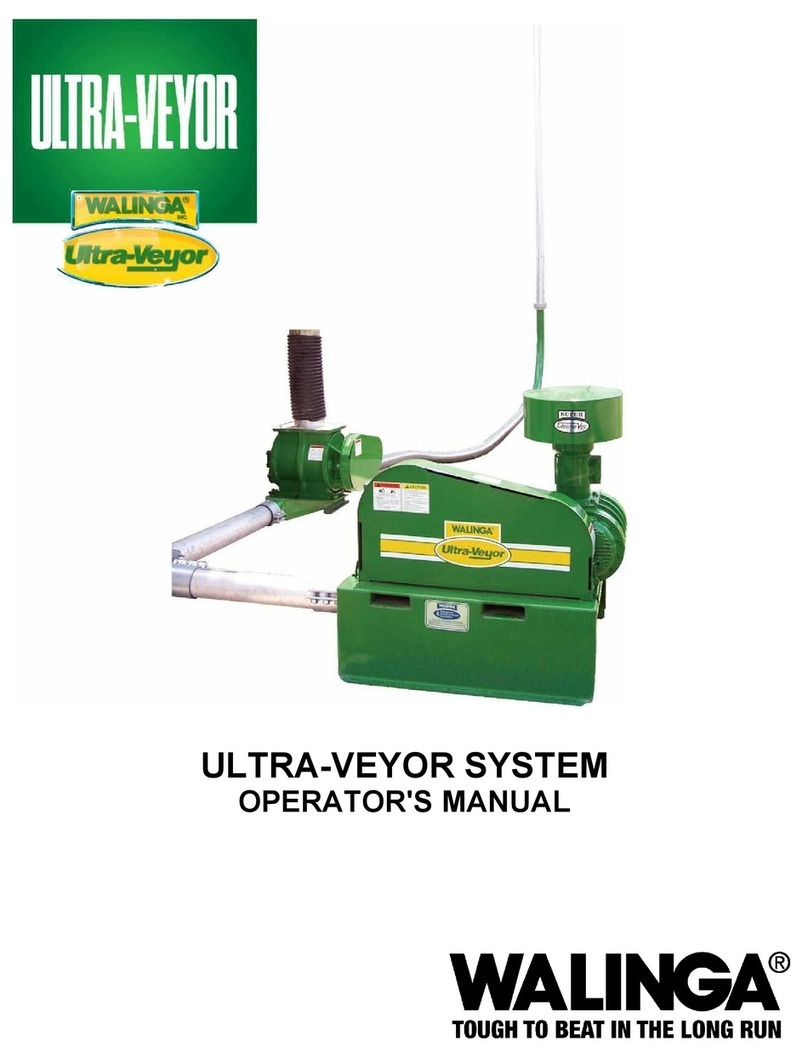
Walinga
Walinga ULTRA-VEYOR SYSTEM Operator's manual

SCHMOTZER
SCHMOTZER Venterra 2K KPP-LSC Translation of the original operating instructions
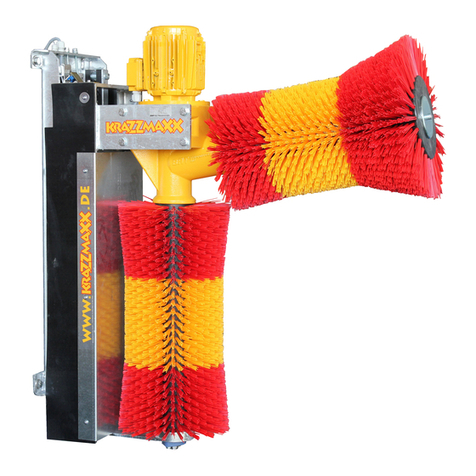
Suevia
Suevia KRAZZMAXX 130.5002 Mounting and operation instructions
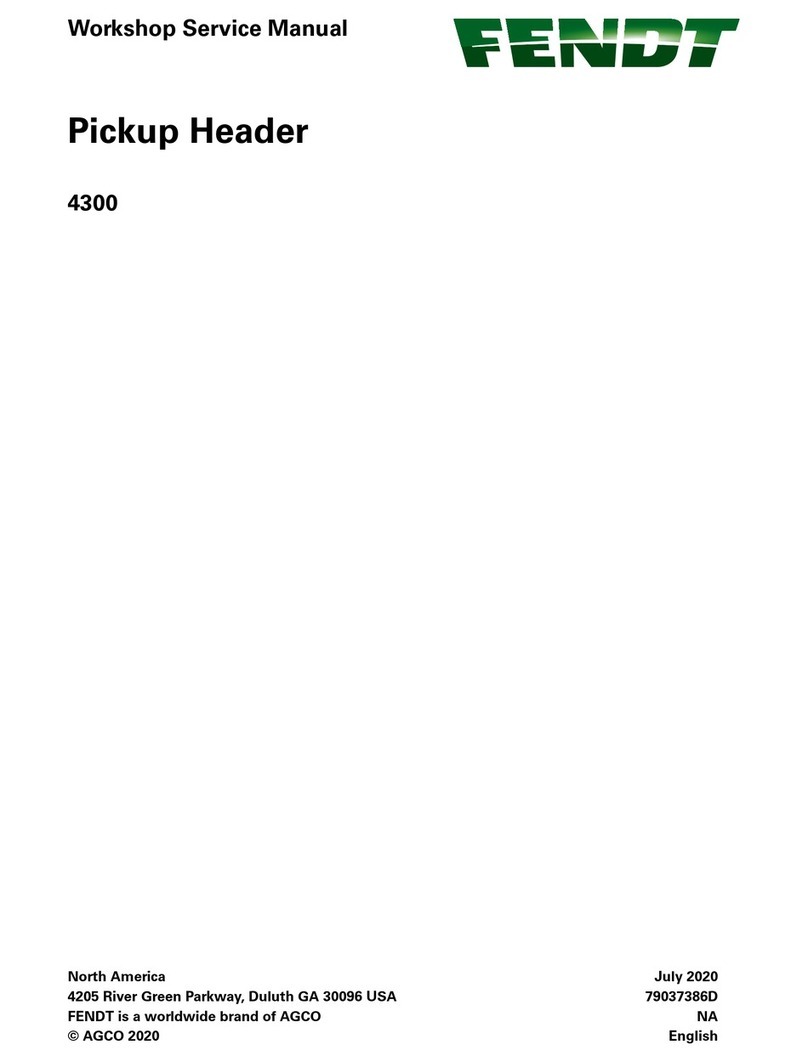
FENDT
FENDT 4300 Workshop service manual
